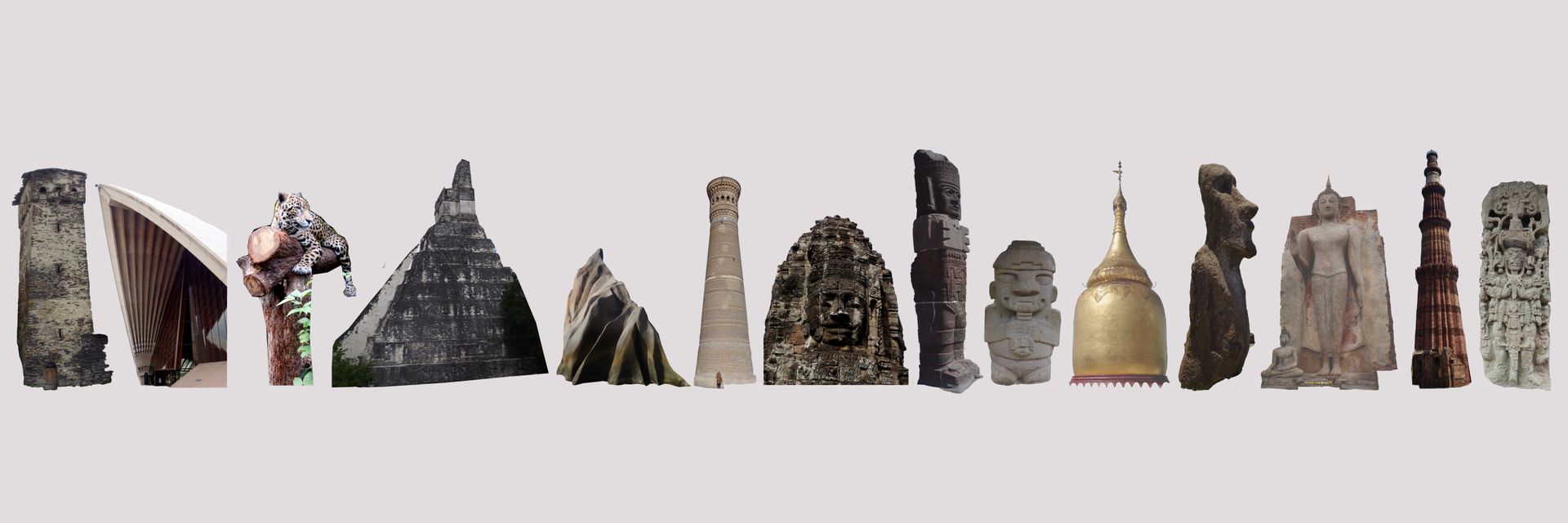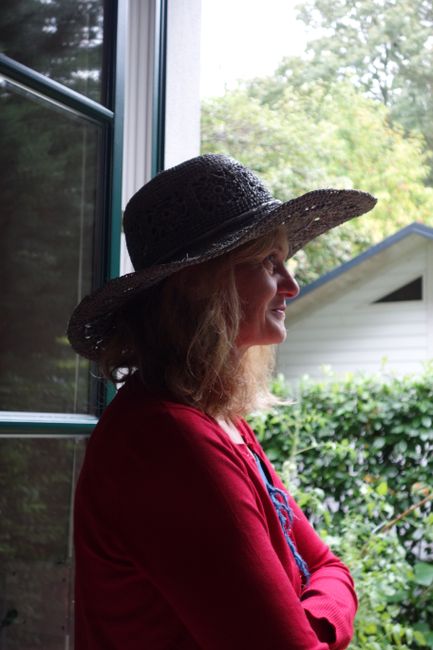The Great Maya Ranking
ޝާއިޢުކޮށްފައިވެއެވެ: 16.02.2019
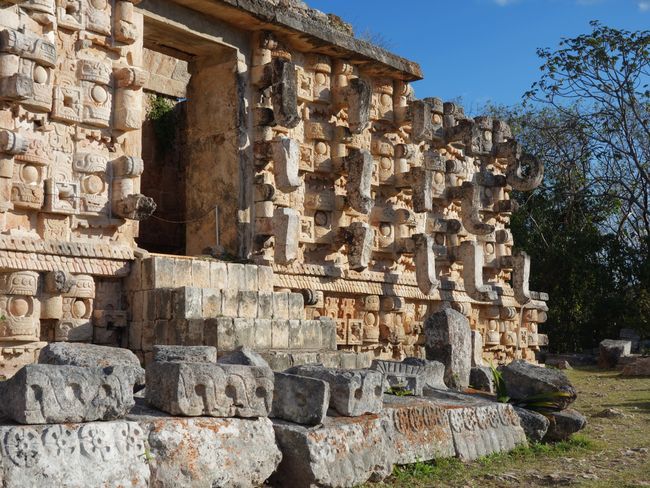
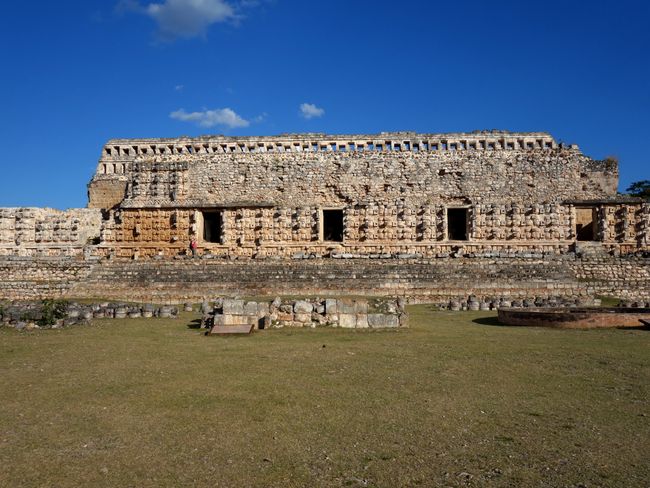
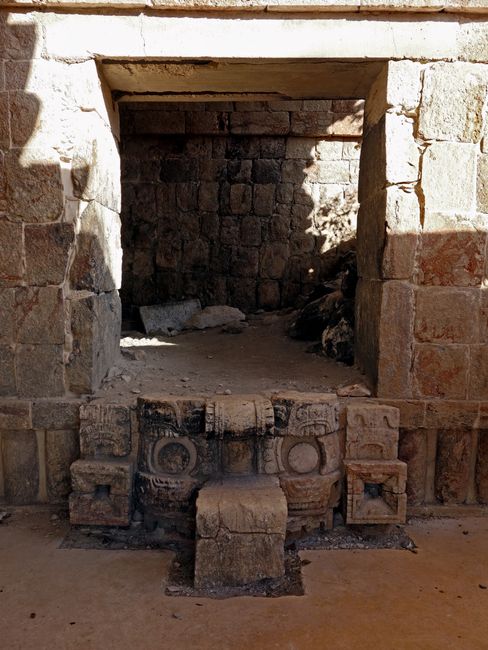
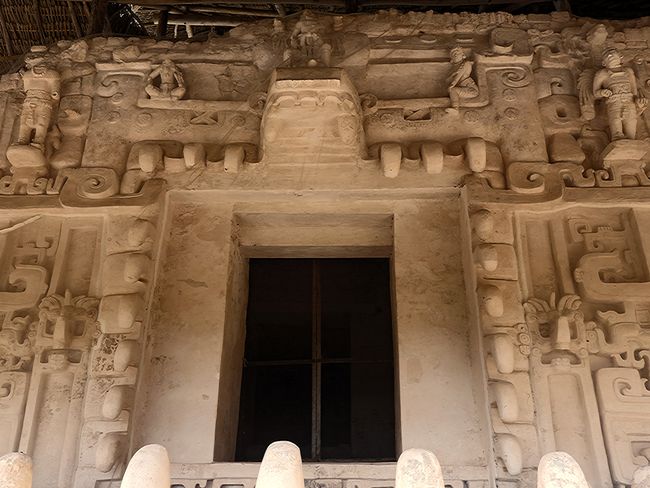
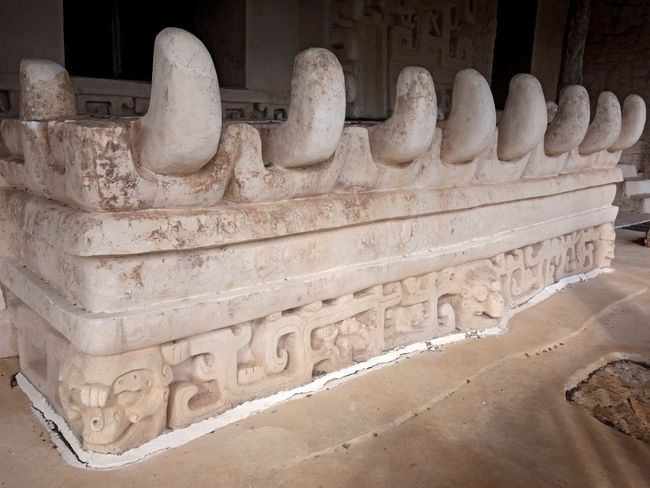
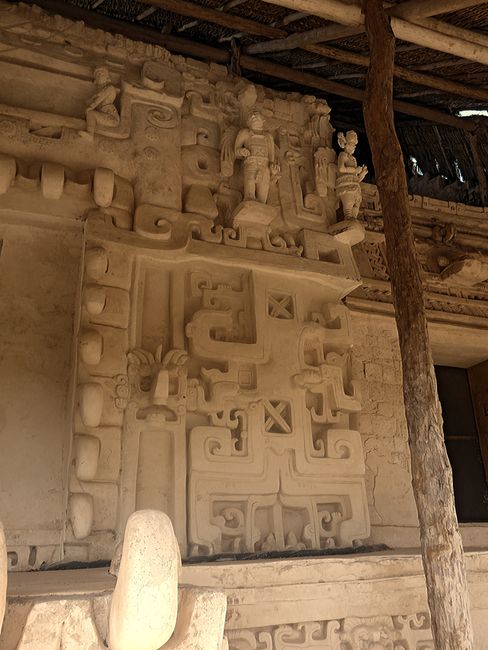
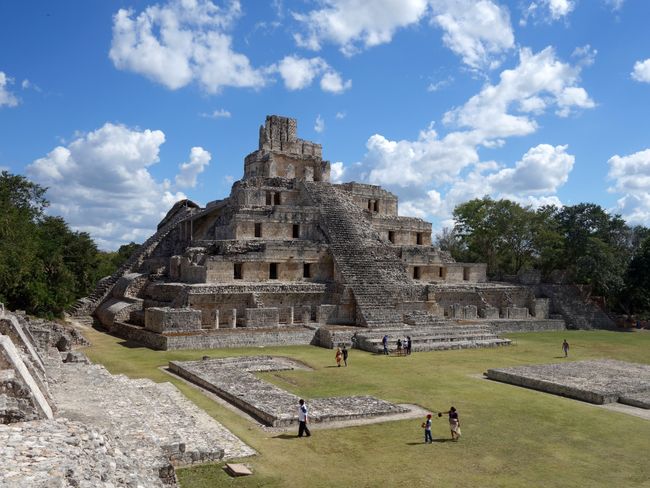
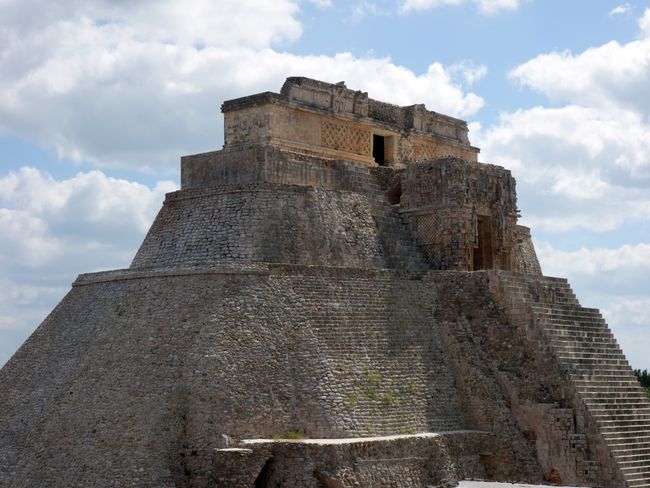
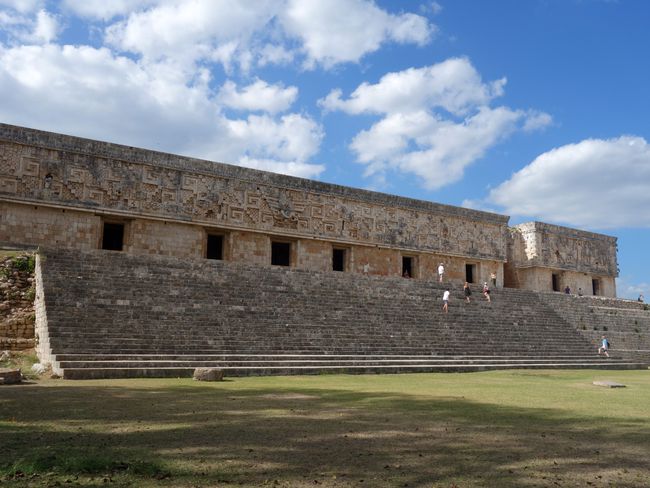
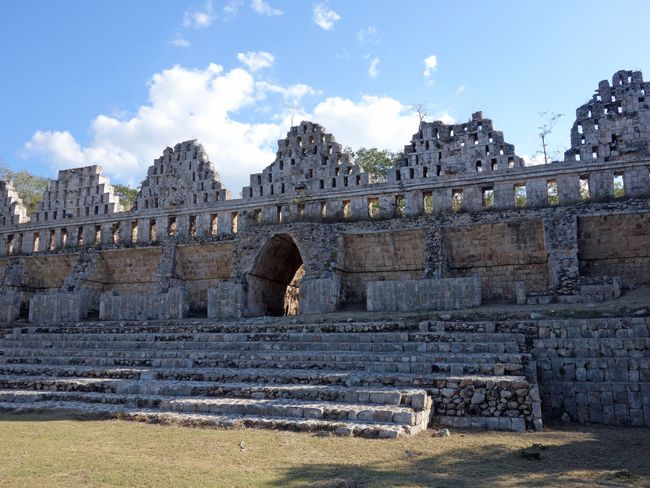
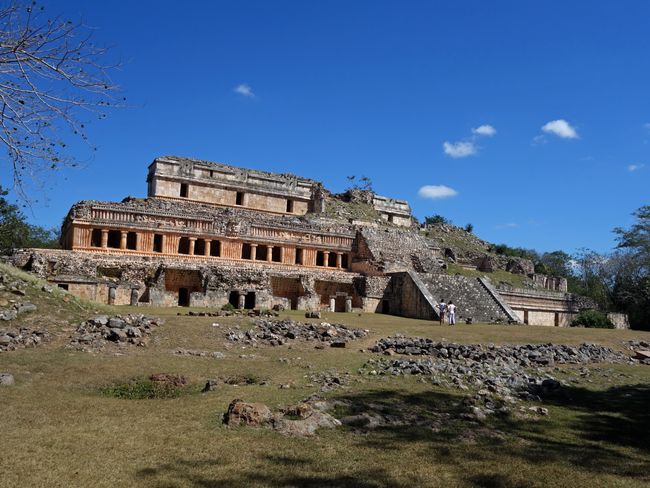
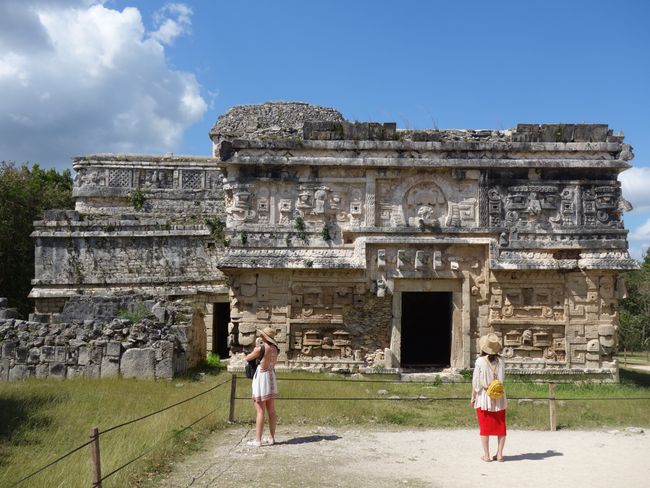
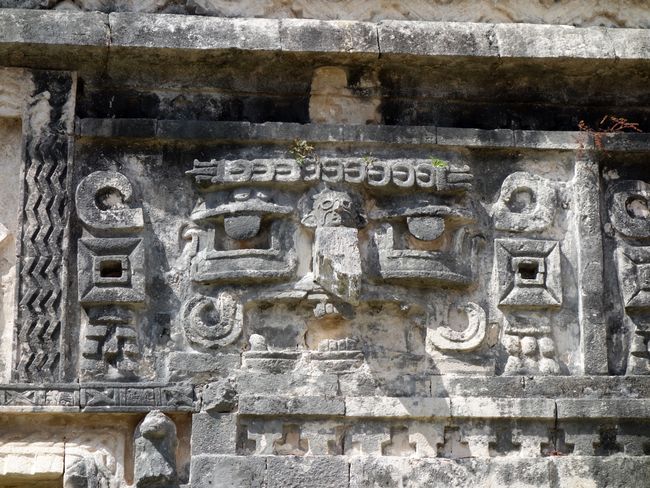
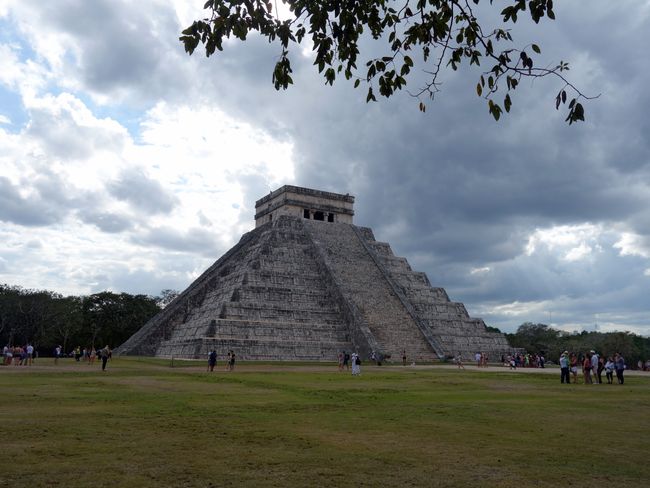
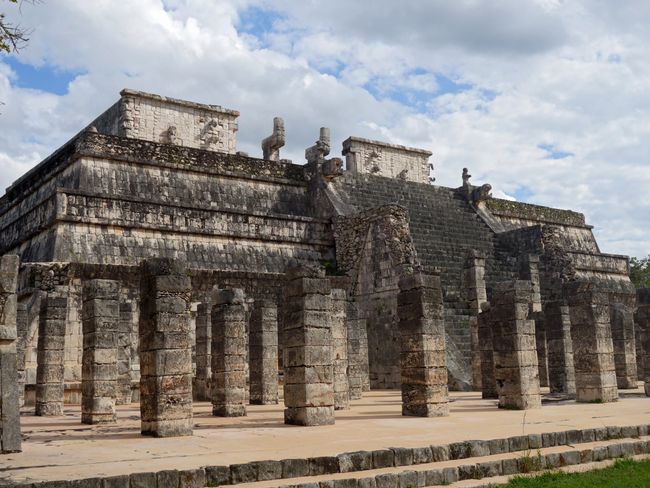
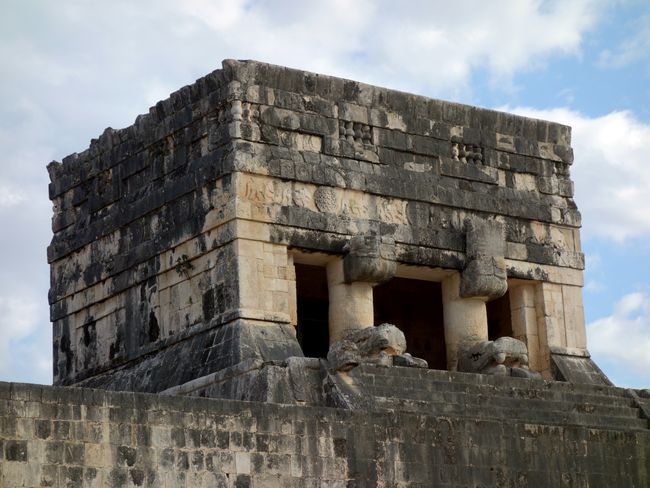
ނިއުސްލެޓަރ އަށް ސަބްސްކްރައިބް ކޮށްލައްވާ
Here I am again. Several days without internet at the accommodation led to a longer blog break. In the meantime, we completed our entire Maya program. A total of 24 ruin cities in four countries. In hindsight, it didn't have to be so many. I must admit that I am relieved that we have now left the present-day Mayas. Especially in the Mexican state of Yucatán, the majority of them were simply aggressively uninterested and unwilling to communicate, which made the overall atmosphere depressing and hostile.
Once again, we followed our passion for lists (as we did with the Temples of Bagan in Myanmar) and made a ranking of the Maya sites. The top ten and one outlier are presented here:
Sayil (10): According to travel guides, the different architectural styles of the Maya are often difficult to distinguish, in our opinion. However, the so-called Puuc style is truly different from anything else: here, the architects were able to create truly elegant and well-proportioned temples and palaces, and to decorate their facades with columns, monster masks, and other decorative elements. The most beautiful palace is in Sayil, even though it is not symmetrical and its right side has not yet been fully excavated, but the left side (especially the first floor) makes up for everything.
Uxmal (9): Puuc style once again, and particularly pure: the lower part of the facade is completely smooth, while the upper part is richly adorned with ornaments. The palace of Uxmal is huge, standing on a very high platform - and comes across as very unwelcoming. It reminded me of fascist architecture. However, the so-called Nun's Quadrangle - a large courtyard surrounded by four Puuc buildings with truly magnificent reliefs - is a great pleasure. Other buildings are also worth seeing: the dovecote with its funny roof comb or the pyramid on which a temple with parrot decorations stands. The only downside is that the famous large pyramid (also with great temples on top) was reconstructed with little expertise: in reality, no one knows if it was really oval or if the shape was just a figment of the restorers' imagination.
Edzná (8): The highlight here is a building that I would describe as a palace pyramid: a classic steep pyramid with stairways on all four sides, but it is not "naked" as is usual elsewhere, but has a main facade and two side facades: with half-columns in the walls and next to the entrances. The effect is impressive, also because the construction stands on a large platform, where it is accompanied by other good temples, and there is also a huge square in front of this platform (which, for a change, was freed from trees in Edzná, so you now get the same impression as the ancient Mayas).
Chicanná (7): I have already written about and posted silly photos of the frightening monster mouth in Chicanná.
Calakmul (6) and Tikal (5): The two Maya superpowers have already received their blog post.
Bonampak (from here, Roby and I did not always agree on the ranking, so E4 and R3): The only moderately well-preserved Maya frescoes are definitely worth the detour, and the main square of the small ruin city is charming. More about this in my latest report.
Ek Balam (E3 and R1): It is almost a miracle that something like this exists: a completely intact piece of fully sculpted facade decoration made of gleaming white stucco on a (architecturally rather insignificant) palace pyramid, dating sometime between 700 and 1000 AD. One has to climb unpleasant stairs, crawl under a thatched roof, and suddenly find oneself in front of a monster mouth gate with huge teeth, see figures almost like from the Renaissance standing in front of the facade, and cannot take one's eyes off the masks and geometric tendrils inserted into the wall. There is no other facade like this in the Maya world, not only because of its perfect condition, but also because of the freestanding figures. Considering this (and the ridiculously high entrance fee), one would wish that the facade would be accessible to all interested visitors and that older or less fit visitors would not be forced to slide down the steep stairs on their bottoms. The art of building contemporary wooden stairs on high pyramids is well mastered in Guatemala, Belize, or Cambodia.
Kabah (2): It has to be Puuc one more time: a temple or palace (who knows for sure), which is covered with masks of the rain god Chaak all over. These masks are highly stylized, and it takes some practice to recognize the eyes, ears (with square pegs inside), and the mouth. The large nose sticking out of the wall is helpful - if it is completely preserved, it looks like a ring; if it is only partially preserved, it takes on the shape of a hook. While there are masks on almost all Maya buildings, there are none with as many masks as this one, and a few of its noses also serve as steps into the building. The beautiful pink color of the stone and the perfect proportions of the Kabah temple make it a spectacle, especially in the light of late afternoon. The fact that its rear facade is also adorned with figures, relief panels, and carved lattice work in the wall makes it even more enjoyable. On the other hand, the palace right next to it appears plain, but it also demonstrates the architectural mastery of the local Maya. A small but absolutely fine excavation.
Copán (E1 and R4): My ranking won our only visit in Honduras. Copán simply has everything: the wonderful stelae with full-body portraits of the rulers, the hieroglyphic staircase with thousands of characters and the figures sitting on it, a beautiful ball court (all Mesoamerican sites have one, but hardly any are as nice as the one in Copán, which is adorned with sculptures of parrots), well-proportioned plazas (surrounded by buildings), and many good stucco works, which can be admired to a large extent in a great modern museum. And then there is, of course, the clay Maya king with glasses.
The Maya city that attracts more tourists than any other sights in Mexico is running out of competition: Chichén Itzá. And indeed, the ruins are magnificent, but only the smaller part can be truly attributed to the Maya stylistically: a large and a small building, both of which are covered with masks and tendrils - Maya art at its best. What pleased me especially: here I discovered heads with glasses again, this time on the forehead of the deity masks. However, everything else in Chichén Itzá is actually Toltec architecture: halls with a multitude of columns and reliefed pillars; portals supported by monumental serpent columns; platforms whose sides are covered with relief panels showing jaguars, birds of prey, skulls, warriors, and the main deity - a feathered serpent; and huge ball courts. All of this is wonderful, but the visit is still unpleasant: the entrance fee is crazy high, the entire site is littered with souvenir stalls (you feel like you're at a bazaar), and the employees are uninterested to unfriendly. (What, someone comes out of the excavation half an hour before closing time and wants another coffee, even though we've already cleaned everything at the bar? What audacity.)
ނިއުސްލެޓަރ އަށް ސަބްސްކްރައިބް ކޮށްލައްވާ
ޖަވާބު
